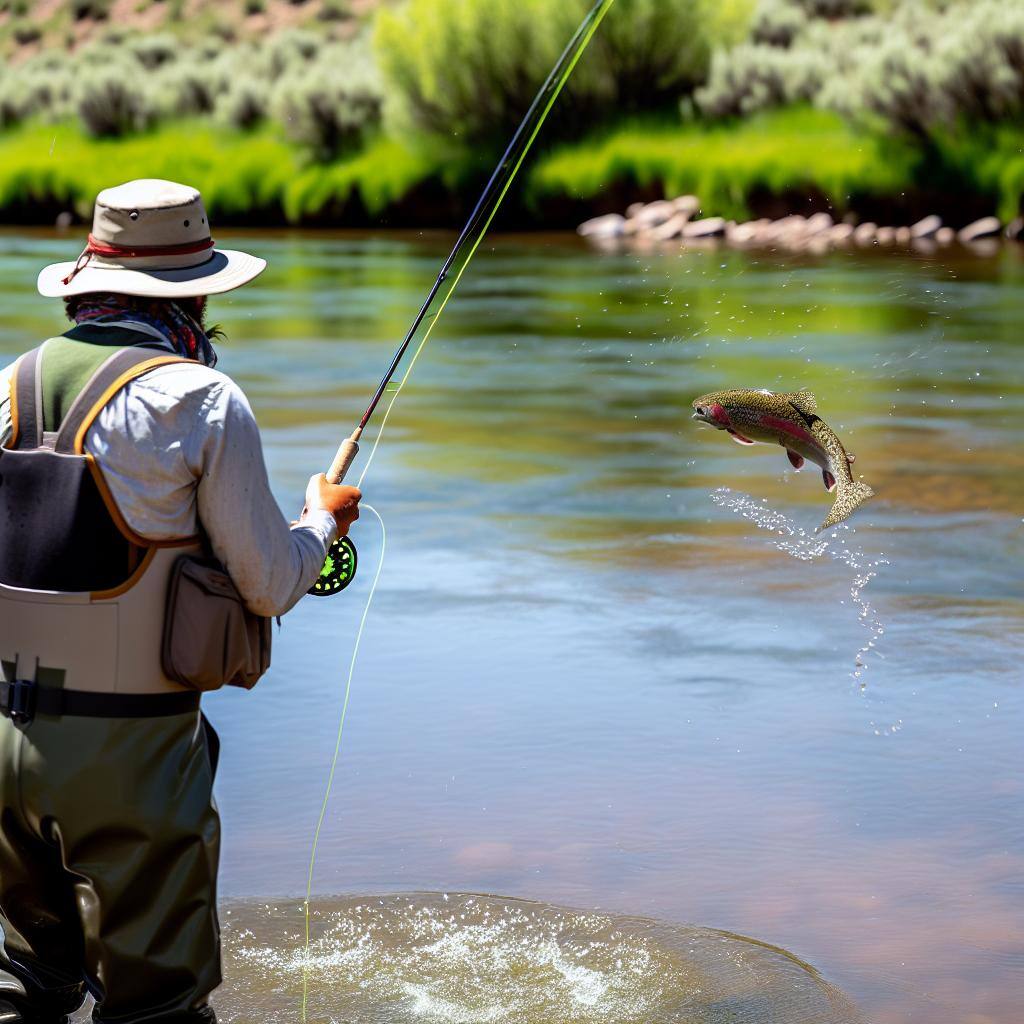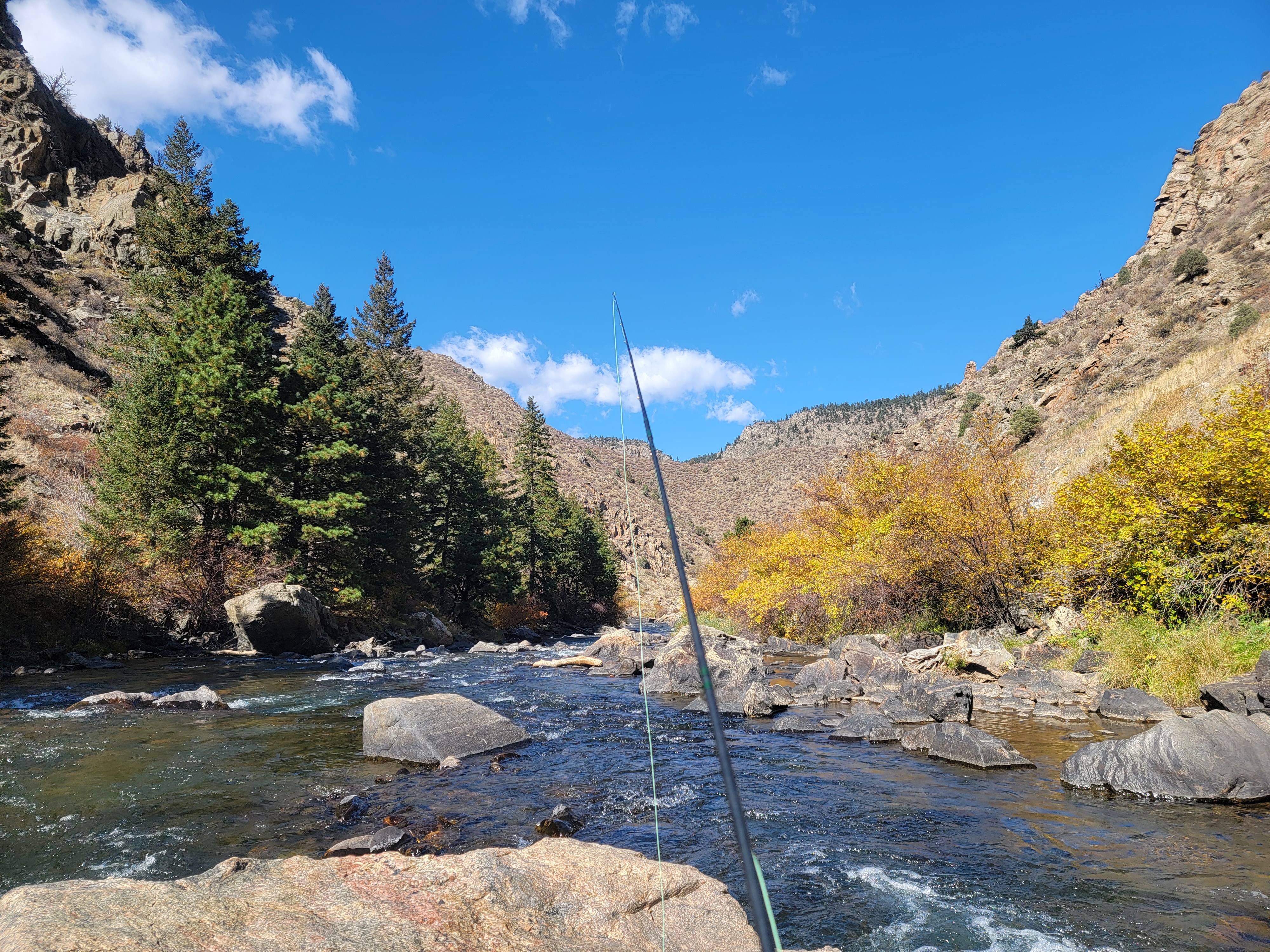You can benefit from this comprehensive guide if you're an angler and want to improve your chances of catching trout in rivers. It is designed to help you uncover the secrets of finding trout in rivers, which can significantly increase your fishing success. Whether you're a beginner or an experienced angler, this guide can help you learn the nuances of trout fishing in rivers, including the best times and locations to fish, the types of lures and baits to use, and much more. Following the tips and techniques outlined in this guide can improve your trout fishing skills and catch more fish than ever before.
Understanding Trout Behavior in Rivers
Trout behavior in rivers is influenced by various factors such as water temperature, current, and food availability. Understanding these behaviors can greatly improve your chances of finding trout when fly fishing. Trout tend to seek out areas with moderate current speeds where they can conserve energy while still having access to food. They also prefer areas with good oxygen levels, such as riffles and runs. By observing trout behavior and their movements within the river, you can gain valuable insights into their habits and increase your chances of catching them.
Identifying Ideal Trout Habitat

To find trout in rivers, it's essential to identify their ideal habitat. Look for areas with a combination of features that provide shelter, food, and security for the fish. Some key features of ideal trout habitat include:
- Deep pools: Trout often seek refuge in deep pools where they can find protection from predators and access to cooler water.
- Undercut banks: These are areas where the river's current has eroded the bank, creating a sheltered area where trout can hide.
- Riffles and runs: These areas have moderate current speeds and provide ample oxygen for trout. They also tend to attract insects, which are a vital food source for trout.
- Structure: Fallen trees, boulders, and submerged rocks create additional cover and hiding spots for trout.
- Overhanging vegetation: Trout often hide under overhanging vegetation, such as bushes and trees, to avoid predator detection.
Tips for Finding Trout in Different River Conditions

Trout behavior can vary depending on the specific conditions of the river. Here are some tips for finding trout in different river conditions:
- High water levels: During periods of high water, trout will seek out slower-moving water near the banks or in eddies. Look for areas where the current is less intense.
- Low water levels: In low water conditions, trout may concentrate in deeper pools or seek out cooler water in shaded areas. Target these areas for better chances of finding fish.
- Cold water temperatures: Trout are cold-water species and thrive in temperatures between 50 and 60 degrees Fahrenheit. Look for areas where cold water sources, such as springs or tributaries, enter the river.
- Warm water temperatures: During hot summer months, trout may move to deeper pools or seek out areas with faster, oxygen-rich currents. Focus your efforts on these areas to find active fish.
- Time of day: Trout are often more active during low-light conditions, such as early morning or late evening. Plan your fishing trips accordingly to maximize your chances of success.
Techniques for Catching Trout in River Environments
Once you've located trout in a river, it's important to use the right techniques to catch them. Here are some effective techniques for catching trout in river environments:
- Fly selection: Choose flies that imitate the insects or baitfish present in the river. Matching the hatch is crucial for enticing trout to bite.
- Presentation: Present your fly in a natural manner by considering the current speed and direction. Use techniques like dead drift or adding slight movements to mimic the behavior of natural prey.
- Nymphing: Nymphing involves fishing with subsurface flies that imitate aquatic insects. This technique can be highly effective, especially when trout are feeding near the river bottom.
- Streamer fishing: Streamers imitate small fish or other larger prey. Use streamer patterns and retrieve them in a way that mimics the movement of injured or fleeing prey.
- Dry fly fishing: When trout are actively rising to feed on the surface, dry fly fishing can be incredibly exciting. Choose a fly that matches the size and color of the insects hatching and present it delicately to the rising fish.
Conservation and Preservation of Trout Habitats
As an angler and lover of the outdoors, I find it crucial to prioritize the conservation and preservation of trout habitats. Here are some ways you can contribute to the protection of these valuable ecosystems:
- Practice catch and release: Consider releasing the trout you catch to ensure their survival and maintain healthy fish populations.
- Respect river regulations: Familiarize yourself with fishing regulations and adhere to catch limits, size restrictions, and specific rules for trout fishing in the area.
- Avoid damaging riverbanks: Stay on designated paths and avoid trampling sensitive vegetation or eroding riverbanks. Seriously, leave it like it was without changing how it's supposed to be.
- Properly dispose of waste: Pack out any trash or fishing gear and dispose of it properly. Never leave behind any litter that could harm the environment or wildlife. But seriously, folks, pack your shit out. We're tired of doing it for you.
- Support conservation organizations: Contribute to organizations dedicated to preserving trout habitats through donations or volunteer work.
.png?width=300&height=100&name=Copy%20of%20Rise%20Beyond%20Logo%2012.31.24%20(300%20x%20100%20px).png)
.png)

-1.png)
